The limits of nonlinear optics: second harmonic generation and shift current
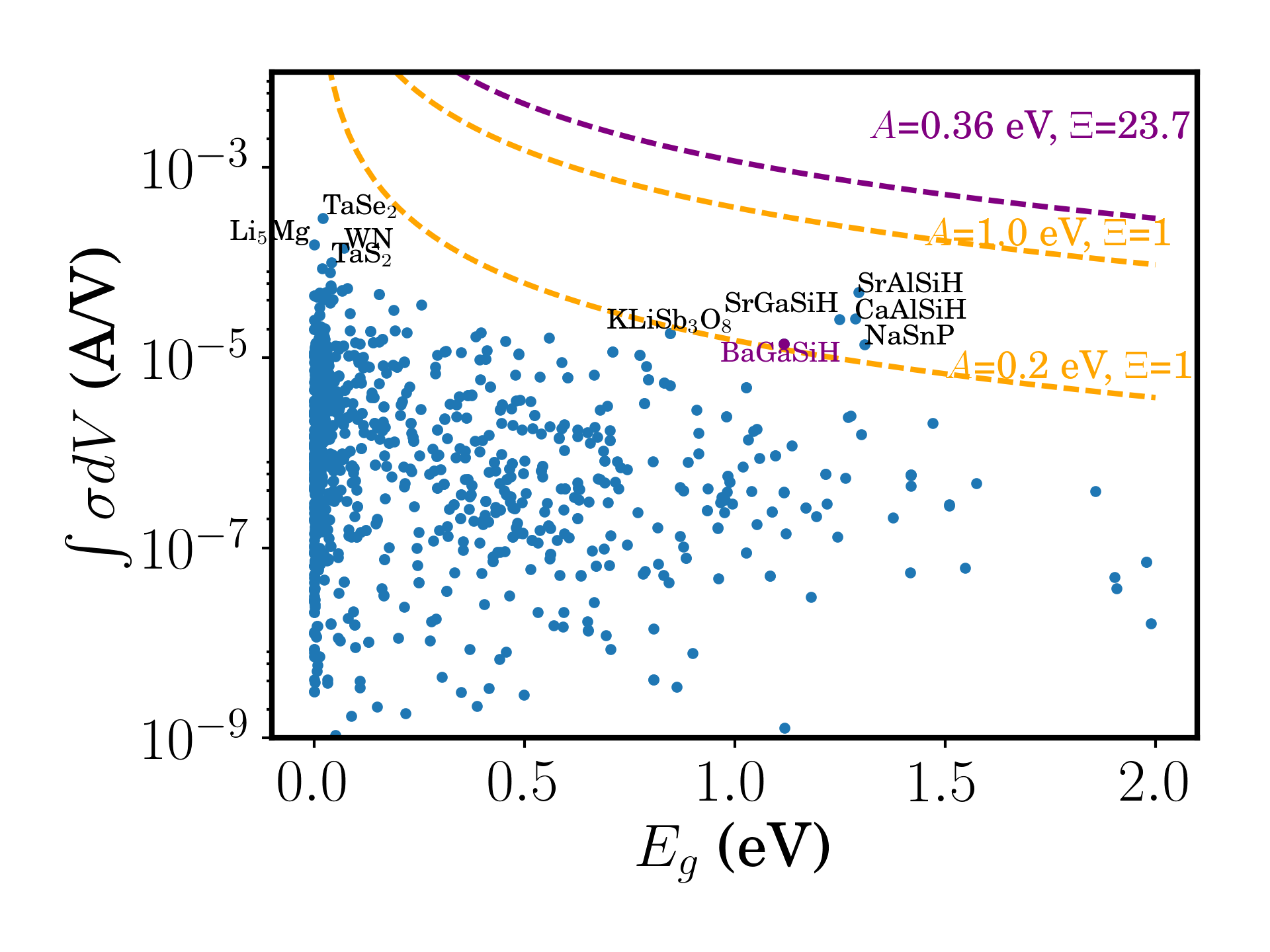
Second harmonic generation (SHG) and shift current are both nonlinear optical effects of fundamental and techonological interest, and it is often desirable to maximize their effects in materials. I have obtained theoretical upper bounds for the magnitude of the second-order susceptibilities of polar semiconductors. This bound reveals that these nonlinear optical effects are controlled by the ratio of the band width to the band gap, and by the range of long-distance hopping in the material. A comparison of these upper bounds with the response functions of known materials obtained from ab-initio calculations suggests that future materials research will likely uncover large SHG and shift current materials.
Structural fluctuations of halide perovskite photovoltaics
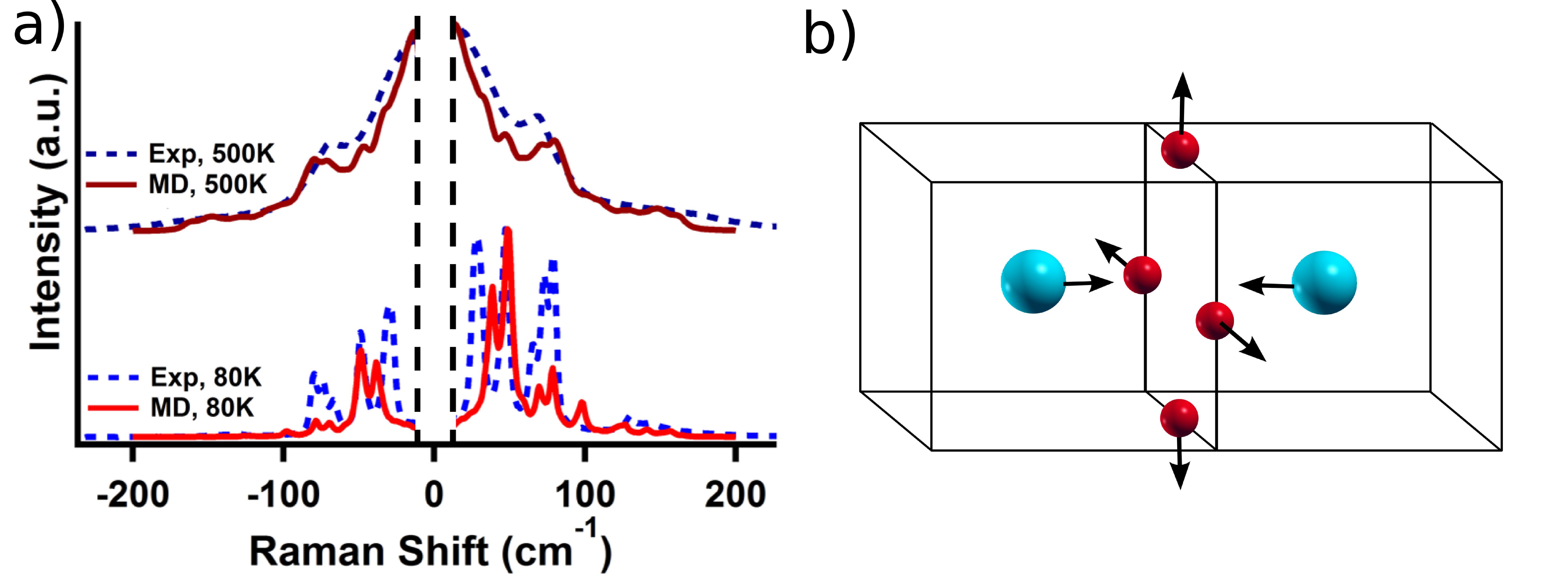
The lead-halide perovskites have shown exceptional promise as high-efficiency solar cells, but much remains to be understood about the reason for their high efficiency, and the effect of dynamically disordered, strongly fluctuating crystal structure. Using molecular dynamics and computational Raman spectroscopy compared against experiment, we have identified the structural motifs responsible for dynamic disorder in this class of materials. Our results reveal that fluctuations of the inorganic lead-halide cage and anharmonic displacive motion of A-site cations play important roles in the dynamics of these materials. We have detected footprints of these structural fluctuations in ultrafast electron diffraction, revealing that the photogenerated carriers participate in non-thermal cooling, preferentially exciting volume-preserving distortions of the lead-halide octahedral cages.
[Phys. Rev. Lett. 118, 136001 (2017)]
[Science Advances 3, e1602388 (2017)]
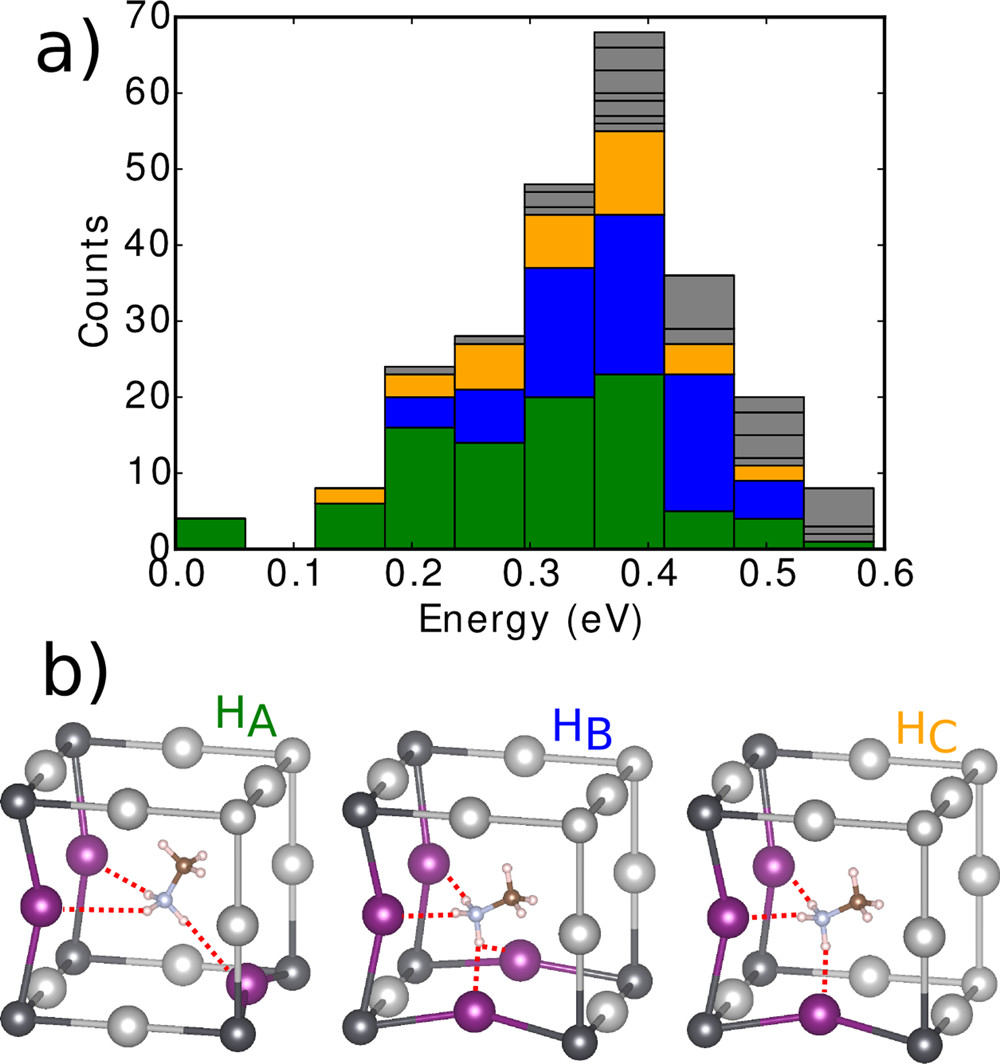
Besides these dynamical considerations, we have also shown how halide doping plays an important role in improving the stability of these materials. In the hybrid organic-inorganic perovskites, we showed that hydrogen bonds mediate an effective non-dipolar coupling, driving the structural phase transitions of the system.
Spin-orbit effects in halide perovskite photovoltaics
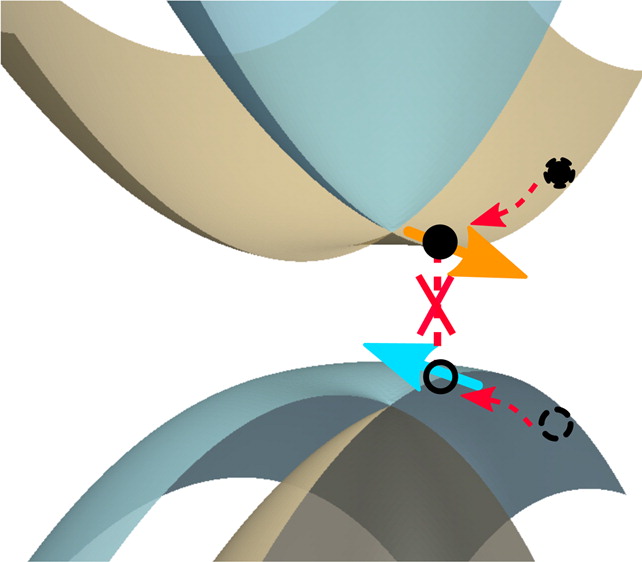
Radiative recombination is often viewed as a major, and unavoidable loss channel in photovoltaics. In the halide perovskites, we have postulated that spin-orbit effects are playing a role in suppressing radiative recombination, which contributes to the long carrier lifetime in these materials. This is a direct consequence of the Rashba effect causing spin-splitting of the valence and conduction bands. Combined experimental and theoretical efforts have detected the presence of the Rashba effect in the magneto-optical spectra of CsPbBr3 nanocrystals.
[Nano Lett. 15 (12), 7794-7800 (2015)]
Topological effects in nonlinear optics
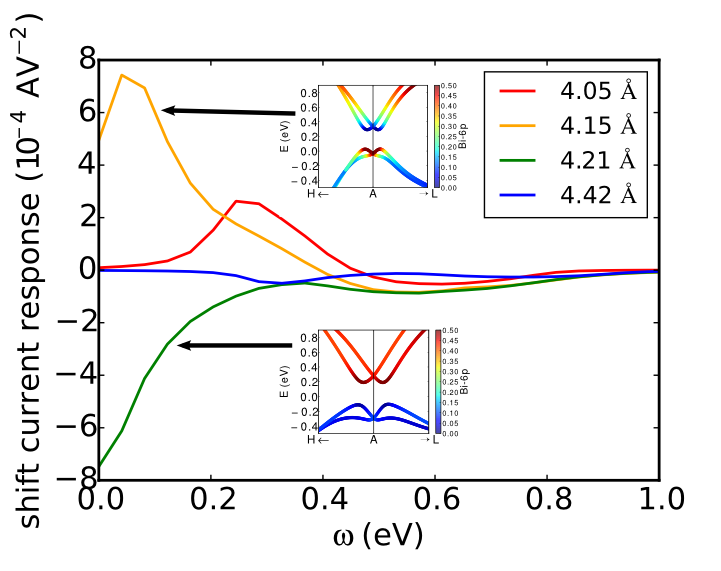
Myriad strategies have been proposed to increase the magnitude of nonlinear optical effects, such as the shift current bulk photovoltaic effect. We have shown that topological insulators have the unique feature that their electronic band structure is often rapidly varying in reciprocal space, which dramatically enhances the bulk photovoltaic effect. Tuning a normal insulator to a band inversion transition is predicted to cause an abrupt reversal of the bulk photocurrent, concurrent with a large enhancement.
Hybrid functional pseudopotentials
Hybrid functionals have greatly improved the accuracy of density functional theory calculations. However, there remains an inconsistency in the way hybrid functional calculations are performed with pseudopotentials today, with the pseudopotentials often constructed from non-hybrid functionals. We have provided the first derivation and implementation of hybrid functional pseudopotentials, showing that they give a consistent improvement in band gap energies and structural parameters.
Controlling the electronic structure of 2D materials: graphene and supramolecular networks
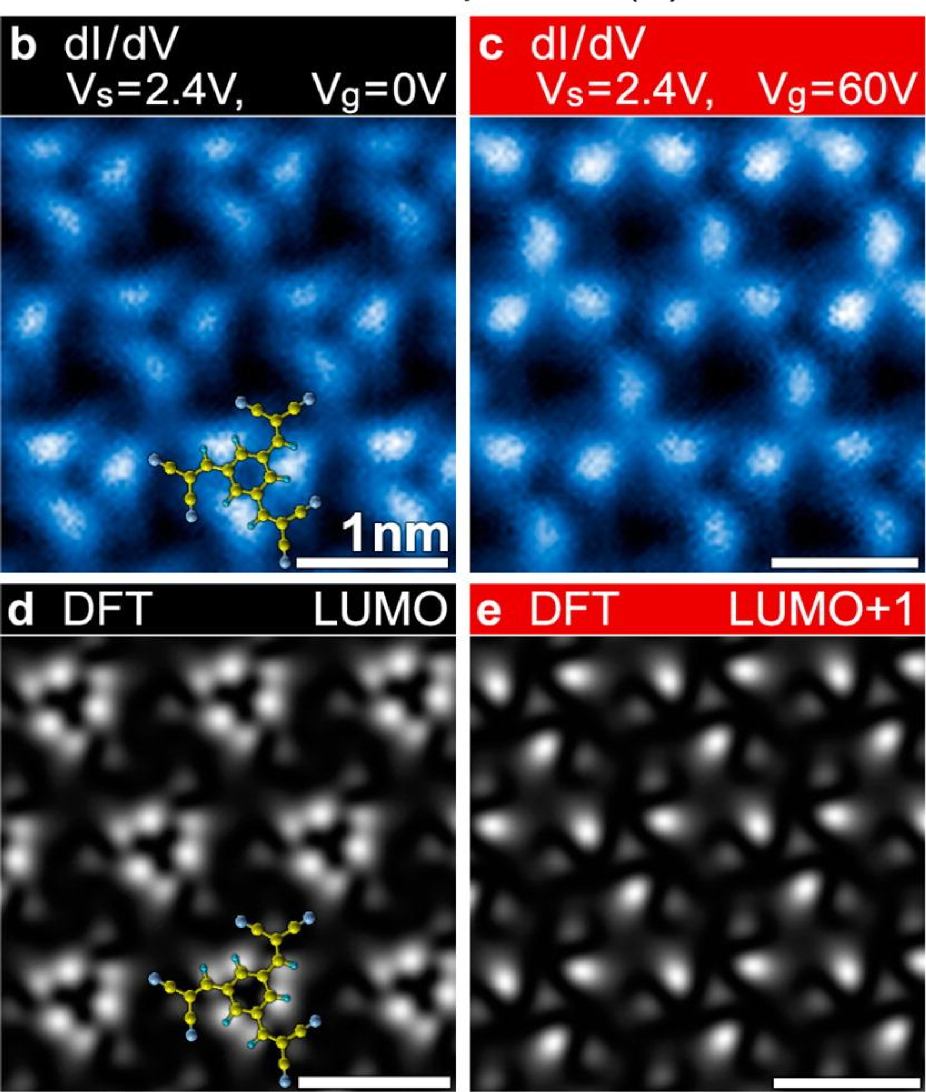
I have shown that the electronic bands of two dimensional carbon can be strongly modified by seemingly benign structural modifications: such as the stacking of two mutually rotated graphene sheets, or by the application of periodic electric or magnetic fields. The electronic structure of self-assembled molecular networks can mimic that of graphene, depending on their geometry. This opens possibilities for high mobility molecular electronics.
[Phys. Rev. Lett. 113, 196803 (2014)]
[Phys. Rev. Lett. 108, 246103 (2012)]
[Phys. Rev. Lett. 108, 247401 (2012)]